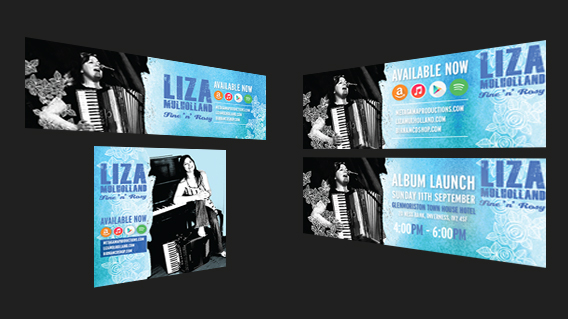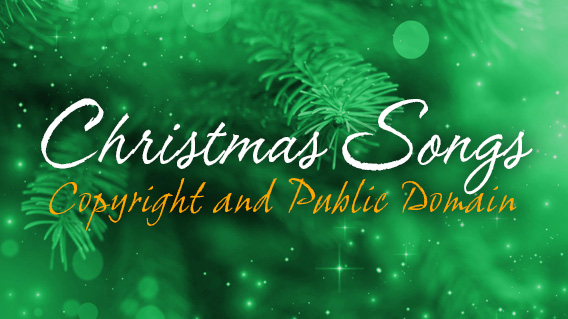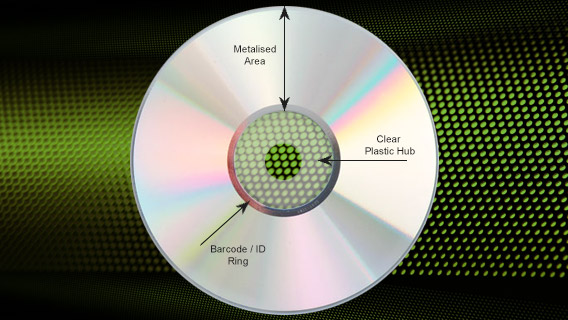
Shortlist Nominations.
Shortlist nominations have been released for the 2016 MG ALBA Scots Trad Music Awards. The 16 awards cover a wide range of categories and recognise the best Scottish trad talent across Scotland. We sponsor the ‘Album of the Year’ and this years’ 10 nominations are all hugely talented musicians – we wish each of them good luck!
Public voting is open until Friday November 18th, place your vote HERE.
Winners will be announced at the Awards Ceremony on Saturday 3rd December, at the Caird Hall Dundee. The full list of nominees:
Album of the Year
Abyss by Talisk
Astar by Breabach
Brighter Still by Adam Holmes and The Embers
Hearts Broken, Heads Turned by Jarlath Henderson
Hello, Goodbye by John McCusker
Matter of Time by Dallahan
Songs of Separation by Songs of Separation
SYMBIOSIS by Ross Ainslie and Ali Hutton
The Hebridean Sessions by Daimh
The River by Hamish Napier
Composer of the Year – Sponsored by PRS for Music
Graham MacKenzie
Hamish Napier
Kris Drever
Freeland Barbour
Mairearad Green
Joe Armstrong
Community Project of the Year – Sponsored by the Gordon Duncan Memorial Trust
Merlin Academy of Traditional Music
Feis Rois Life Long Learning Project
Fuaran – Fèisean nan Gàidheal
Friends of Wighton
Event of the Year – Sponsored by VisitScotland
Piping Live
Orkney Folk Festival
Pulse
Hamish Feature Film
Gaelic Singer of the Year – Sponsored by Macmeanmna
Ellen MacDonald
Calum Ross
Joy Dunlop
Kaela Rowan
Instrumentalist of the Year – Sponsored by the Royal Scottish Country Dance Society
Tony McManus
Innes White
Mohsen Amini
Rachel Newton
Craig Paton
Live Act of the Year – Sponsored by Greentrax Recordings
Blazin’ Fiddles
Elephant Sessions
Mànran
Niteworks
Skerryvore
Treacherous Orchestra
Citty Finlayson Scots Singer of the Year – Sponsored by the Traditional Music & Song Association of Scotland
Simon Gall
Lori Watson
Hector Riddell
Shona Donaldson
Up and Coming Artist of the Year – Sponsored by the Royal Conservatoire of Scotland
Dosca
Top Floor Taivers
Ryan Young
Tannara
Club of the Year – Sponsored by Traditional Arts and Culture Scotland
Stonehaven Folk Club
Dundee Acoustic Music Club
Rolling Hills Folk Club
Mauchlin Accordion and Fiddle Club
Scottish Dance Band of the Year – Sponsored by the National Association of Accordion and Fiddle Clubs
Trail West
Sixties Bairns
Peter Wood Shetland Dance Band
Lomond Ceilidh Band
Folk Band of the Year – Sponsored by Threads of Sound
Rura
Rant
Barluath
Breabach
Scottish Pipe Band of the Year – Sponsored by The Glenturret Single Malt Whisky
North Lanarkshire Schools Pipe Band
Police Scotland Fife Pipe Band
Johnstone Pipe Band
Stirling and District Schools Pipe Band
Trad Music in the Media – Sponsored by Skippinish
Scots Radio Podcast
Take the floor
fRoots
Fresh Folk
Music Tutor of the Year – Sponsored by Creative Scotland Youth Music Initiative
Jim Hunter
Simon Chadwick
Daniel Thorpe
Mhairi Marwick
Lynsey Tait
Rachel Hair
Venue of the Year – Sponsored by the Musicians’ Union
The Cat Strand
The Reel, Orkney
The Glad Café
Drouthy Cobbler, Elgin
To find out more about the Scots Trad Music Awards visit : scotstradmusicawards
To book tickets for the Award Ceremony please visit: www.dundeebox.co.uk








